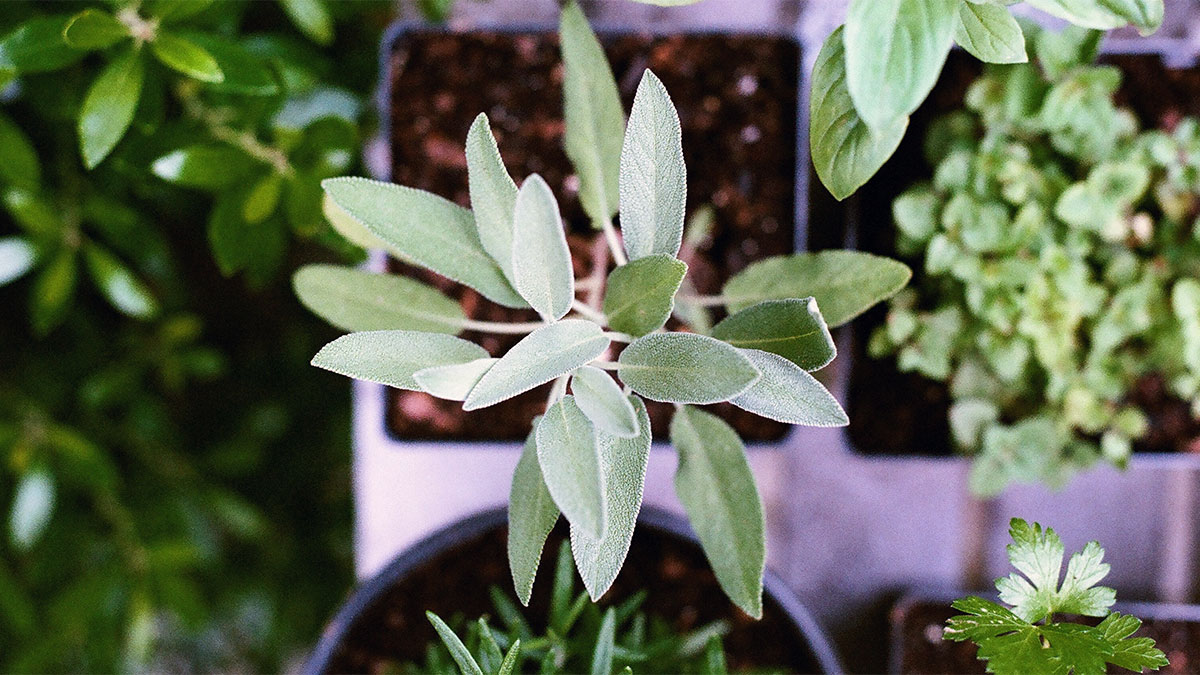Traditional Herbs Our Grandparents Grew and You Can Too

For generations, traditional herbs have brought flavor, fragrance, and simple healing to family gardens. These humble plants connect us to the knowledge and traditions of the past while offering benefits we can still enjoy today. In this guide, you’ll discover classic herbs our grandparents grew and learn how to grow them in your own garden.
The timeless value of traditional herbs
Herbs have long been a staple in family gardens, offering beauty, flavor, and healing properties in a single planting. Generations before us relied on these plants for daily cooking and simple home remedies. By continuing to grow them, you can stay connected to the wisdom and traditions that helped shape family gardens.
These herbs bring practical benefits to any backyard or windowsill. Many are easy to grow and highly adaptable to modern gardening spaces. Plus, they help pass along a sense of heritage to younger generations.
Parsley: more than a garnish
Parsley was a go-to herb for many of our grandparents, valued far beyond its modern use as a garnish. It was added to soups, stews, and sauces for fresh flavor and mild nutritional benefits. Some families even used parsley in simple homemade tonics.
This hardy biennial grows well in pots or garden beds with rich, moist soil. Parsley likes a sunny to partly shaded location and will reward you with lush green leaves to harvest all season long. Regular cutting encourages new growth, keeping the plant productive.
Sage: the wise herb
Sage has a long-standing role in home cooking, especially for flavoring roasts and hearty stews. Its earthy aroma and slightly peppery taste make it a kitchen favorite. Beyond the kitchen, sage has been valued in folk medicine to soothe sore throats and aid digestion.
Our grandparents often saw sage as a symbol of wisdom and protection. You can grow sage in full sun with well-drained soil, trimming it back in early spring to encourage fresh shoots. It can also be grown indoors on a bright windowsill for easy access to its leaves.
Thyme: a garden staple
Thyme was a cornerstone herb in many family gardens because of its flavor and resilience. Grandparents loved its versatility, using it to season vegetables, meats, and breads. In simple herbal infusions, thyme was believed to help with coughs and colds.
This woody perennial thrives in full sun with light, well-drained soil. It grows well in raised beds or containers, and its small flowers attract beneficial pollinators. A light trim after flowering helps maintain its shape and keeps the plant vigorous.
Mint: fresh and versatile
Mint was a must-have in traditional gardens for its refreshing taste and easy growth. It was used in teas, desserts, and homemade drinks like lemonade. Grandparents appreciated its digestive benefits and often steeped it in hot water for a soothing herbal tea.
Because mint can spread quickly, it is best planted in containers to keep it under control. Place mint in partial to full sun and water it consistently to keep the leaves lush. Frequent harvesting will help maintain a steady supply of fresh sprigs.
Related: Why I Love Growing Mint! Plus Some Tips for Success
Rosemary: for remembrance
Rosemary is a classic herb with ties to memory and remembrance, valued for both culinary and symbolic uses. Grandparents would use rosemary to flavor roasted meats, breads, and savory dishes. Its fragrant sprigs were also dried for use in simple herbal sachets or to freshen indoor air.
This Mediterranean herb likes full sun and well-drained soil, making it a good choice for raised beds or large pots. It can be overwintered indoors if temperatures drop too low. Occasional pruning encourages a bushy, productive plant.
Other beloved traditional herbs
Chives, oregano, and dill were also staples in many gardens of the past. Chives provided a mild onion flavor for salads and baked potatoes, while oregano found its way into tomato sauces and stews. Dill was used to season pickles and fresh fish dishes, a common tradition in many kitchens.
These herbs grow easily from seed or starter plants and adapt well to modern gardens. They prefer sunny spots and well-drained soil, with occasional feeding during the growing season. Regular harvesting keeps them vigorous and productive.
Passing down the tradition
Sharing traditional herbs with family and friends is a meaningful way to keep gardening traditions alive. Teaching children or grandchildren how to grow herbs from seeds or cuttings connects them with simple, rewarding skills. It can also spark a love of gardening that lasts a lifetime.
Passing down herbal stories and favorite recipes preserves the heritage behind these plants. Offering a cutting of rosemary or a packet of dill seeds is more than a gift; it is a living memory. By keeping these herbs in your garden, you honor the knowledge of generations who came before you.
Conclusion
Adding these timeless herbs to your garden is a wonderful way to honor family traditions while enjoying practical benefits. Whether you grow them for cooking, simple remedies, or just their beauty, these herbs will reward you season after season. Share their legacy with loved ones, and keep the wisdom of past gardeners alive for years to come.
